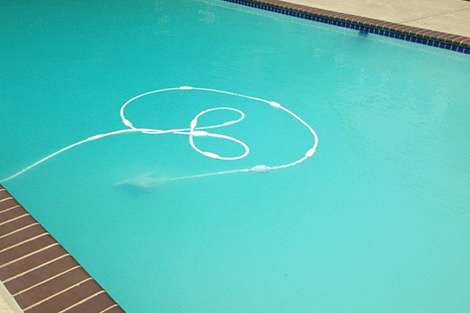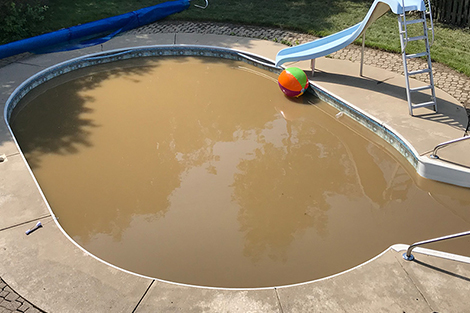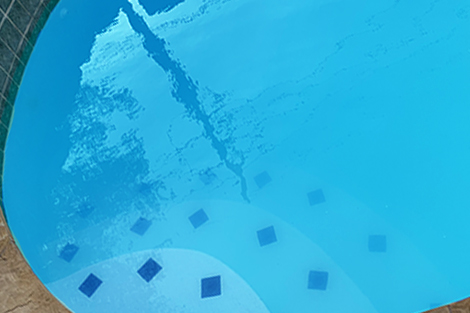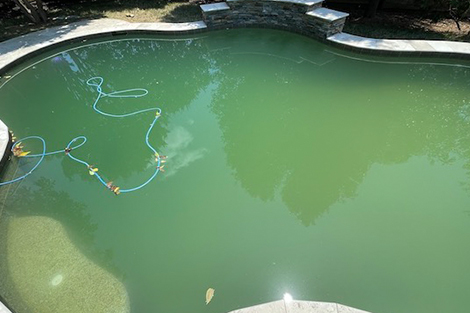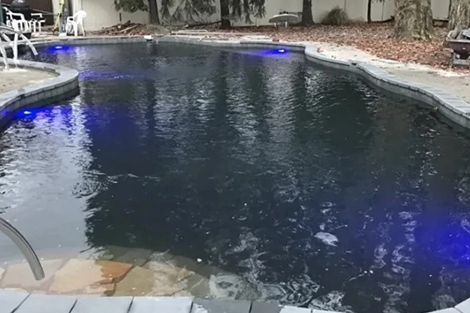Help! My Pool Water Is Cloudy!
So, your pool is cloudy? Unfortunately, this is no an uncommon problem. Fortunately, we have a solution for your cloudy pool water, no matter what color it is!
What is the cause of cloudy pool water?
Cloudy pool water sources include: unbalanced pool water, lack of sanitation, algae growth, poor filtration, particulate matter, introduced contaminates, high bather load, chemical reactions, filter issues, and broken or malfunctioning equipment.
Causes of cloudy swimming pool water frequently include high pH, high alkalinity, low pH, low alkalinity, and high calcium. If your swimming pool water is cloudy, balance the pool chemicals to see if the cloudiness goes away. If the cloudiness remains, you may have organics and metals in your swimming pool water.
Pool water, which is cloudy, also comes in a variety of colors and is caused by different problems in your pool. The main cause of cloudy pool water is organic materials such as algae, tannins and sun tan lotion. These particles become suspended in your water creating a cloudy look. Generally, if your pool water is cloudy and has a color, then you have organic and metal issues in your swimming pool water.
The color of your cloudy pool water will determine what kind of treatment plan is needed to fix your cloudy pool water problem. Using the images below, find your cloudy pool water, click the link and get step-by-step directions to fix your cloudy pool water problem.
Detailed causes of cloudy pool water:
Cloudy swimming pool water is caused by a variety of factors, often stemming from imbalances in water chemistry and poor maintenance. Here are some common causes:
Improper Pool Water Balance: The pool’s pH, alkalinity, and calcium hardness levels must be properly balanced. If these levels are too high or too low, it can lead to cloudiness. High pH can lead to scaling and cloudiness, while low pH can cause corrosion and cloudiness. Lack of Sanitization: Inadequate sanitization, usually through chlorine or other sanitizing agents, can allow bacteria, algae, and other microorganisms to thrive, leading to cloudy water.
Algae Growth: Algae can grow in the pool when there’s insufficient chlorine or when the pool is not properly cleaned and circulated. Algae growth can give the water a greenish tint and make it cloudy. Poor Filtration: If the pool’s filtration system is not functioning properly or not run for enough time, it can’t effectively remove particles from the water, leading to cloudiness. Particulate Matter: Dust, dirt, leaves, and other debris can find their way into the pool, causing the water to become cloudy. Regular cleaning and skimming are essential to prevent this.
Environmental Factors: Rain, wind, and other environmental factors can introduce contaminants into the pool, leading to cloudiness. Bather Load: A high number of swimmers can introduce organic matter (sweat, oils, etc.) into the water, overwhelming the pool’s sanitization and filtration systems.
Chemical Reactions: Chemical interactions between various pool chemicals can lead to cloudiness. For instance, adding certain chemicals in the wrong order or using incompatible chemicals can cause cloudiness. Filter Issues: A dirty or clogged filter won’t effectively remove particles from the water, contributing to cloudiness. Broken or Malfunctioning Equipment: Problems with the pool’s circulation system, pump, or other equipment can lead to inadequate water circulation and filtration, resulting in cloudy water.
Use the above kits to remove cloudiness. If the cloudiness persists consult a professional pool technician to identify and address any underlying issues.


